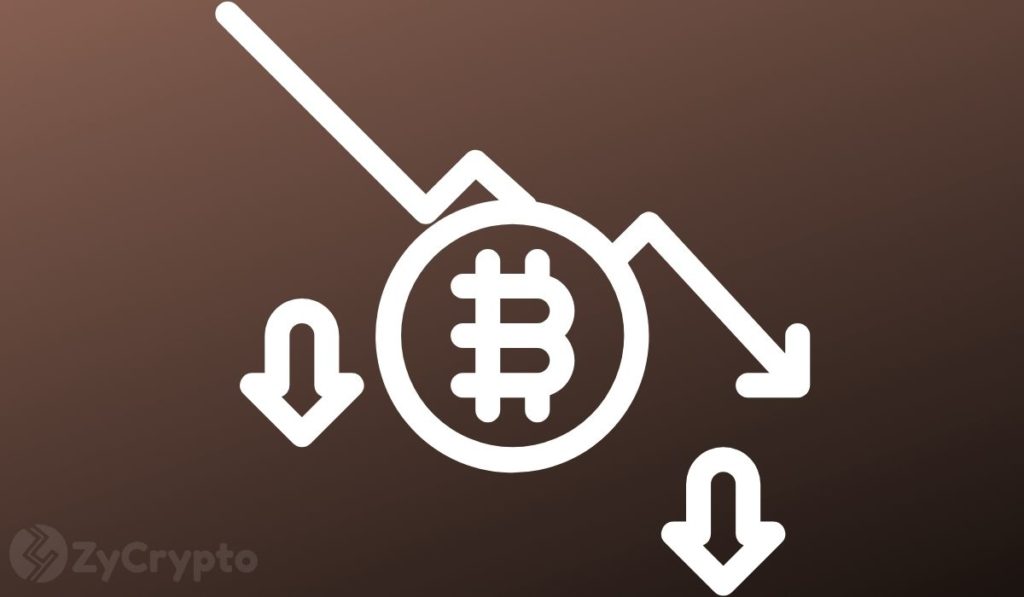
2021-6-25 17:16 |
If there’s one crystal clear index to test Bitcoin’s current market drive, it is the activities of whales on the exchange market. And that’s what seasoned on-chain analyst, Ki-Young Ju, looked to before sealing Bitcoin’s faith on the bear arm of trade.
‘The signs are there’ says Ki Young, ‘too many whales are sending $BTC to exchanges… and that’s a pretty good indicator to determine a bull/bear market for me.’
The seasoned Cryptoquant CEO, further explains how a close comparison of Bitcoin’s top ten Inflows against its top ten outflows within a specific period of time can generate a lucid picture of the direction the market is swinging towards.
Pegging a correction level at 85%, the index can tell if whales are dumping en masse or holding by looking out for surging indices above this threshold.
BTCUSD Chart By TradingView Whale thumping and dumpingWhales possess the power to manipulate the market, but not all the time. In a normal circumstance, their massive accumulation of Bitcoins should be a catalyst to spur Bitcoin into a bullish run, but lately, it looks as though bitcoin is learning to outgrow the activities of a single whale on the market. There’s been surprisingly less of the expected positive effect on the market even after Michael Saylor’s additional $489 million BTC purchase.
It could be that Saylor, in reality, holds not so much market-moving influence, or much likely, a case of Saylor swimming against the school of whales heading for the exchange door.
Young’s Bear/Bull AnalysisThree days ago, Young Ju reported a neutral market where somewhat of a balance was seen between selling whales and selling retailers, creating a redistribution without significant effects.
Now it’s a little far from being a bull market, as the frequency below the 85% that saw bitcoin gain over 200% in value surge during the 2017 and 2019 bull run, is absent.
A bearish market, on the other hand, will fluctuate over the 0.85 thresholds and aims for the breaking point for mass dumping.
Young Ju believes whales and their activities on the market are the clues to watch out for because they tend to have much more at stake than others and would most likely pull out if their entry leverage is threatened to the point of permanent erosion. A leverage erosion can only mean massive losses and many whales tend to think it is financial suicide to dare to gamble or indulge.
origin »Market.space (MASP) на Currencies.ru
|
|














